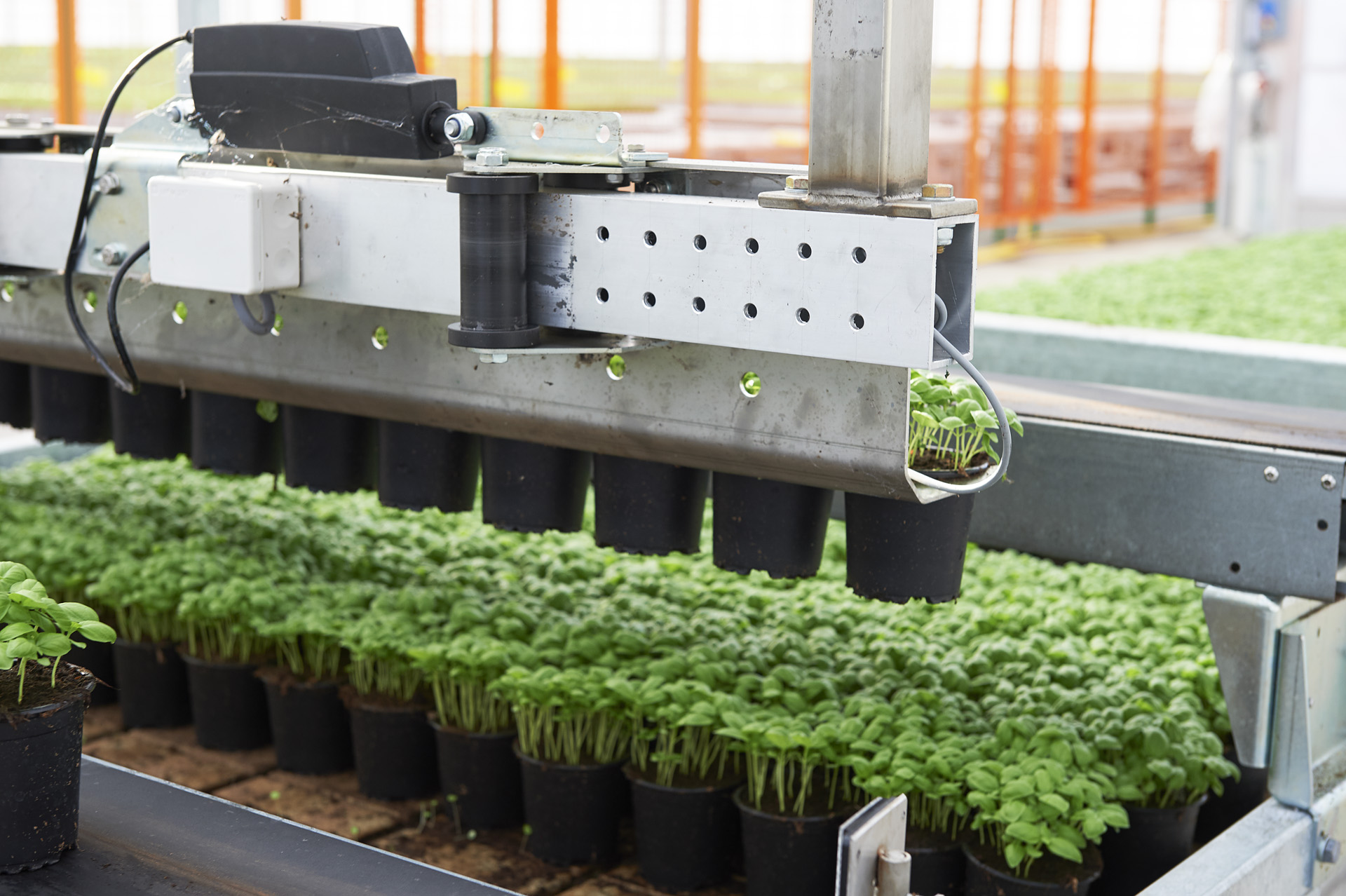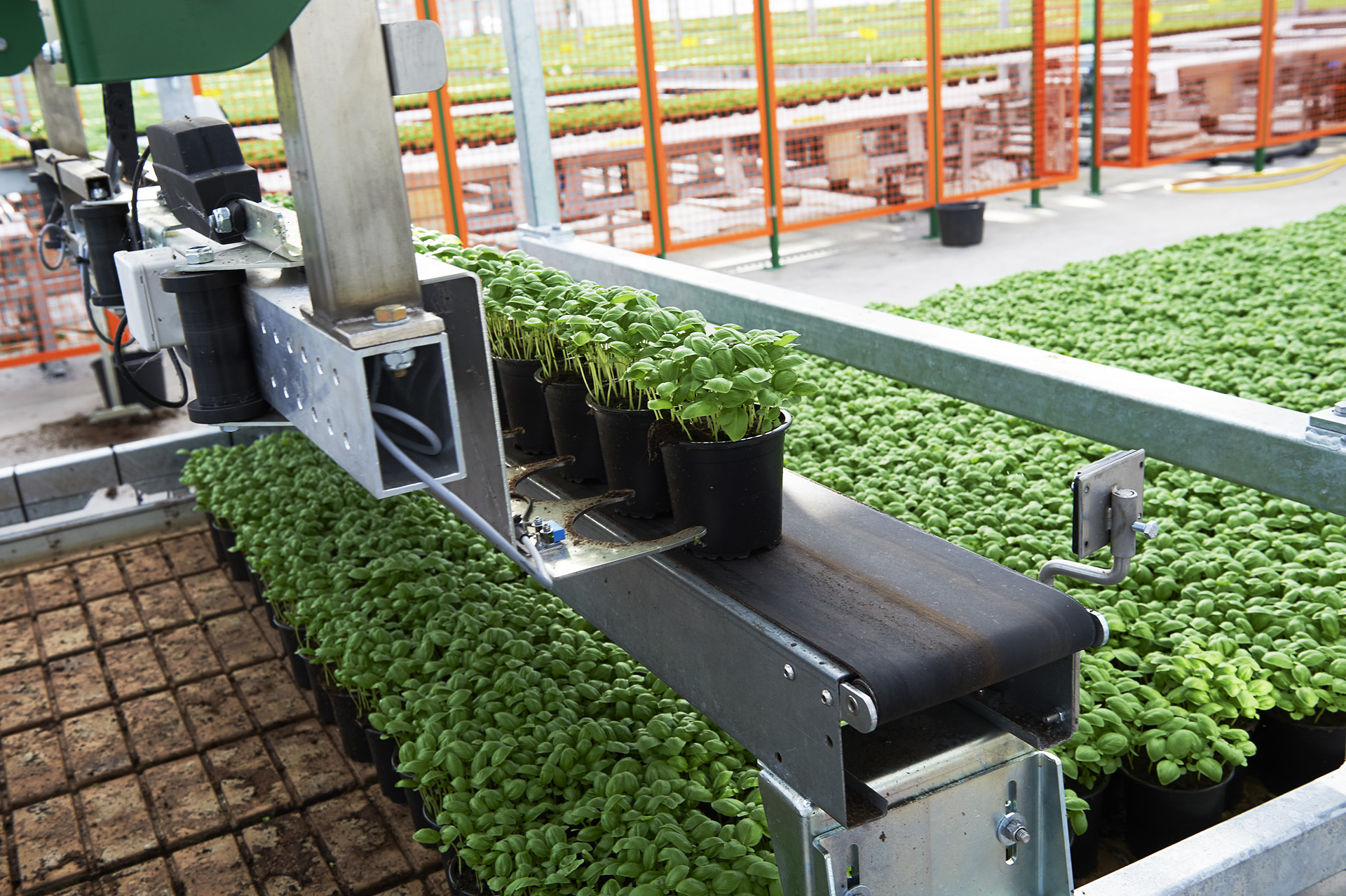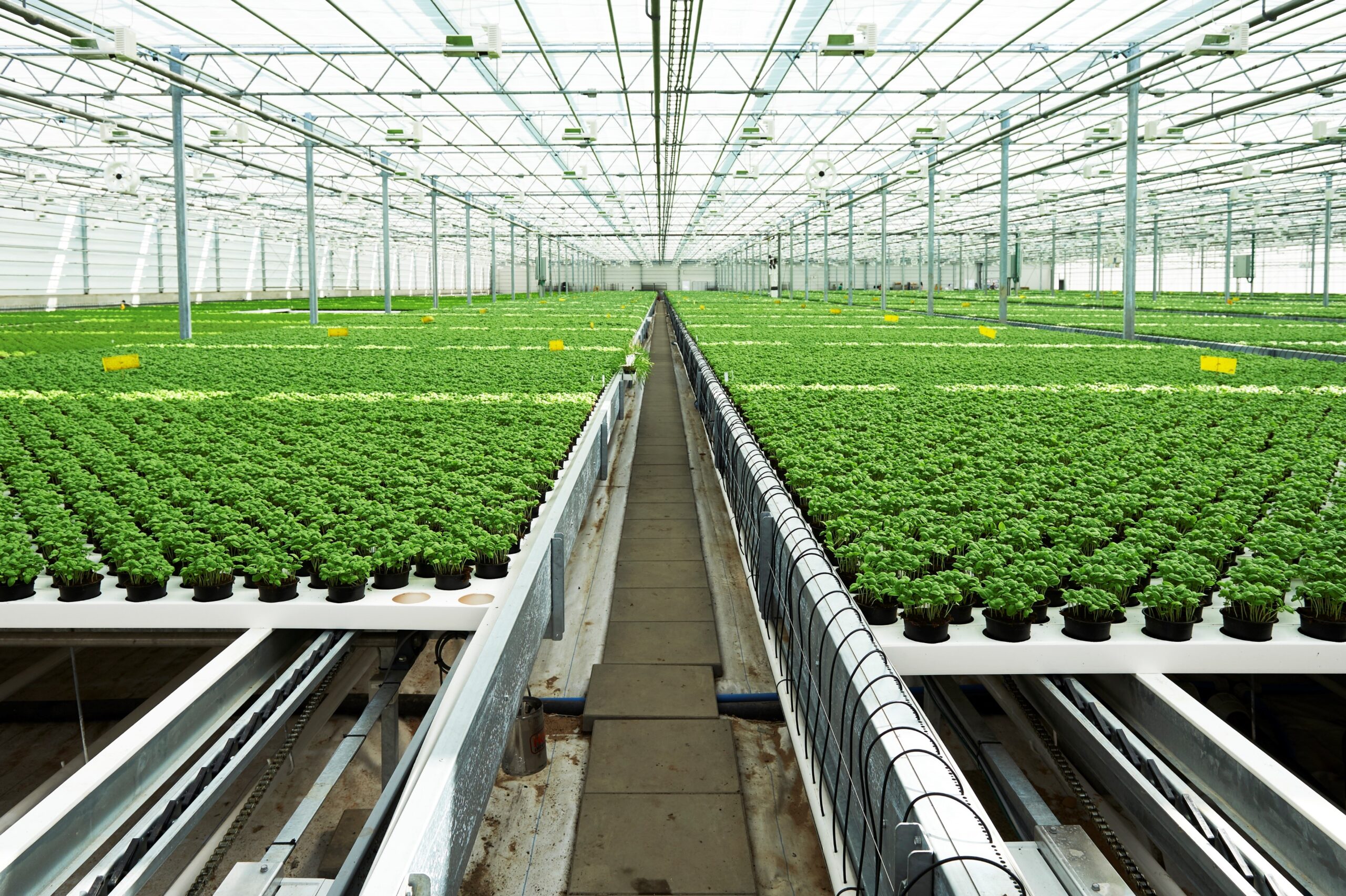Embracing the Future with Smart Farming
Smart farming in indoor farming contexts, also known as Vertical Farming, precision agriculture, or controlled environment agriculture (CEA), utilizes advanced technologies to improve growing conditions within indoor settings like greenhouses and vertical farms.
This method boosts productivity, resource efficiency, and overall yields. At Viemose DGS, we have incorporated several smart farming concepts into our indoor farming systems to optimize overall production costs in the horticultural sector.
What is Smart Farming?
First of all, we need to explain what smart farming actually means. Smart farming is an agricultural practice that employs technologies such as automated systems, robotics, climate control, and data analytics to manage greenhouses, enhance output, and reduce environmental impacts.
The objective of smart farming is to improve both the quality and quantity of crops while optimizing human labor to achieve the best possible results.
Indoor farming operations that adopt smart farming techniques are known as smart farms. These farms typically use advanced tools like sensors to monitor plant conditions around the clock and fully automated farming operations to assist growers in improving their practices, thereby increasing yield, improving efficiency, and maintaining product quality.
What are the Benefits of Smart Farming?
Smart farming allows for year-round production by controlling the environment, eliminating the effects of seasonal changes. It optimizes resource use by carefully managing water, nutrients, and energy, minimizing waste.
Smart farming also reduces the need for chemical pesticides by controlling pests’ exposure to plants. Techniques like Vertical Farming and dense planting make the most of limited space, increasing efficiency.
Additionally, smart farming ensures better crop quality and higher yields by maintaining optimal growing conditions. It also supports urban agriculture, making it possible to grow food in cities, which cuts transportation costs and reduces the carbon footprint of food production.

Traditional vs. Smart farming
A great way to fully understand smart farming and its significance is by comparing it to traditional farming methods. While traditional farming was a groundbreaking innovation that allowed human civilization to flourish, it is increasingly becoming outdated and inefficient.
In traditional farming, much of the labor is done manually, including planting, maintaining, and harvesting crops. This approach requires more resources and often results in significant waste, contributing to the agricultural sector’s substantial environmental impact.
Conversely, a fully automated indoor farming system can significantly reduce the need for manual labor while enhancing precision. It gives growers more accurate control over their crops and resources, allowing them to use resources only when necessary and produce higher-quality crops with less waste.
We are currently witnessing a shift from traditional farming to more technology-driven practices. This transition holds enormous potential for the industry, as it reduces waste and the environmental impact of farming, improves crop quality and quantity, and helps growers adapt to changing demands while complying with regulations on good agricultural practices.
The Challenges for Growers in the Horticulture Sector
Although the hydroponic leafy greens industry has been around for over 25 years, it is currently experiencing rapid growth. This expansion is fueled by concerns about food safety, security, quality, and the ability to produce locally year-round.
Despite the enthusiasm, growers acknowledge the persistent challenges like scalability, operational complexities, and climate settings, which pose hurdles for both newcomers and seasoned cultivators. To put it simply – there is not much room for mistakes.
At Viemose DGS, we are firm believers that successful cultivation begins with a deep understanding of the market and the ability to capitalize on opportunities to maximize output. This is where smart farming plays a crucial role.
How Smart Farming can help Growers
Understanding the complexities of hydroponic farming and focusing on effective management is essential for sustaining success over the long term. At Viemose DGS, we stress the importance of going back to basic principles while implementing different smart farming initiatives to achieve the highest probability of success.
Prospective growers are advised to prioritize market research to gain insights into consumer preferences and market trends. Additionally, they should confront operational challenges directly, implementing efficient and effective strategies to overcome obstacles in hydroponic farming.
Emphasizing these approaches not only enhances the chances of success for individual growers but also contributes to the overall advancement and efficiency of the hydroponic farming industry.

Smart Indoor Farming Systems
Our Moving Gutter System incorporates fundamental indoor farming principles along with advanced smart farming techniques. By leveraging technologies such as sensors and automated climate control, it optimizes growing conditions within indoor environments like greenhouses and vertical farms.
Smart farming comes into play through the implementation of sensors within the Moving Gutter System. These sensors consistently track environmental variables such as temperature, humidity, light intensity, and nutrient levels. The real-time data collected offers growers valuable insights into the health and growth of the plants as they progress through the system.
Furthermore, every process in our Moving Gutter System can be automated to reduce labor, maximize profits, and increase overall yields.
Moving Gutter Systems in Smart Greenhouses
Our Moving Gutter System is suitable for integration into smart greenhouses, which are transforming the agricultural sector by establishing a self-sustaining microclimate ideal for crop cultivation.
These controlled environments enable growers to mitigate concerns related to unpredictable weather and pests while leveraging real-time data for enhanced efficiency and increased yields.
Through features like precision irrigation, temperature regulation, and customizable lighting, smart greenhouses optimize conditions for optimal plant growth and productivity.

The Future of the Horticultural Sector
At Viemose DGS, we anticipate further growth in the hydroponic leafy greens market, driven by increasing market demand, evolving customer preferences, and advancements in technology. However, we emphasize that success on this journey demands diligence, innovation, and a steadfast commitment to quality and efficiency.
For us at Viemose DGS, the cultivation of hydroponic leafy greens represents not only an intriguing business opportunity but also a significant step towards efficient horticulture and food security. By embracing innovation, we believe industry partners can effectively navigate the complexities of this dynamic sector and reap the rewards of success.
We firmly believe that growers must align their strategies with long-term goals and market realities, especially as investments flow from diverse sources. This underscores why smart farming, as exemplified by our company’s approach, is poised to be the future of the horticultural sector.





